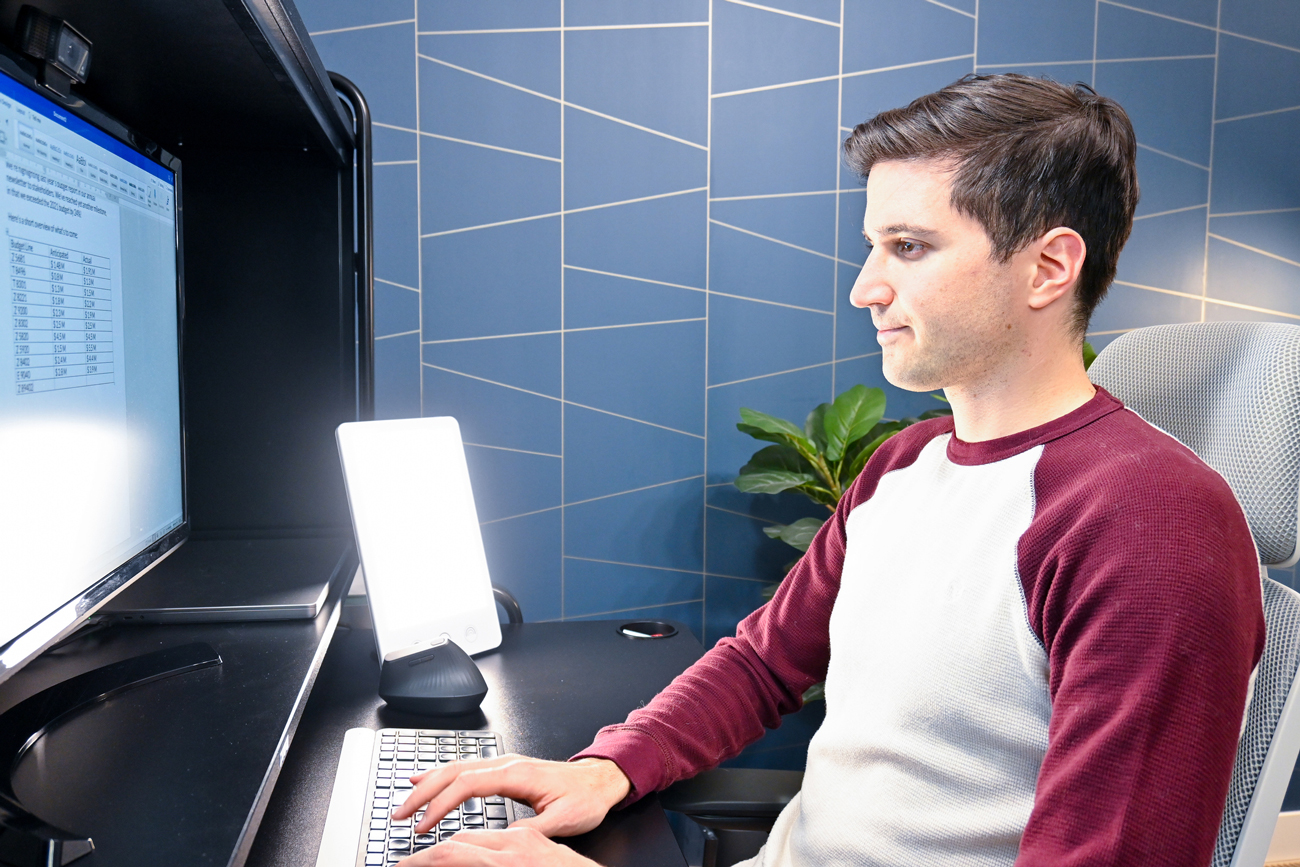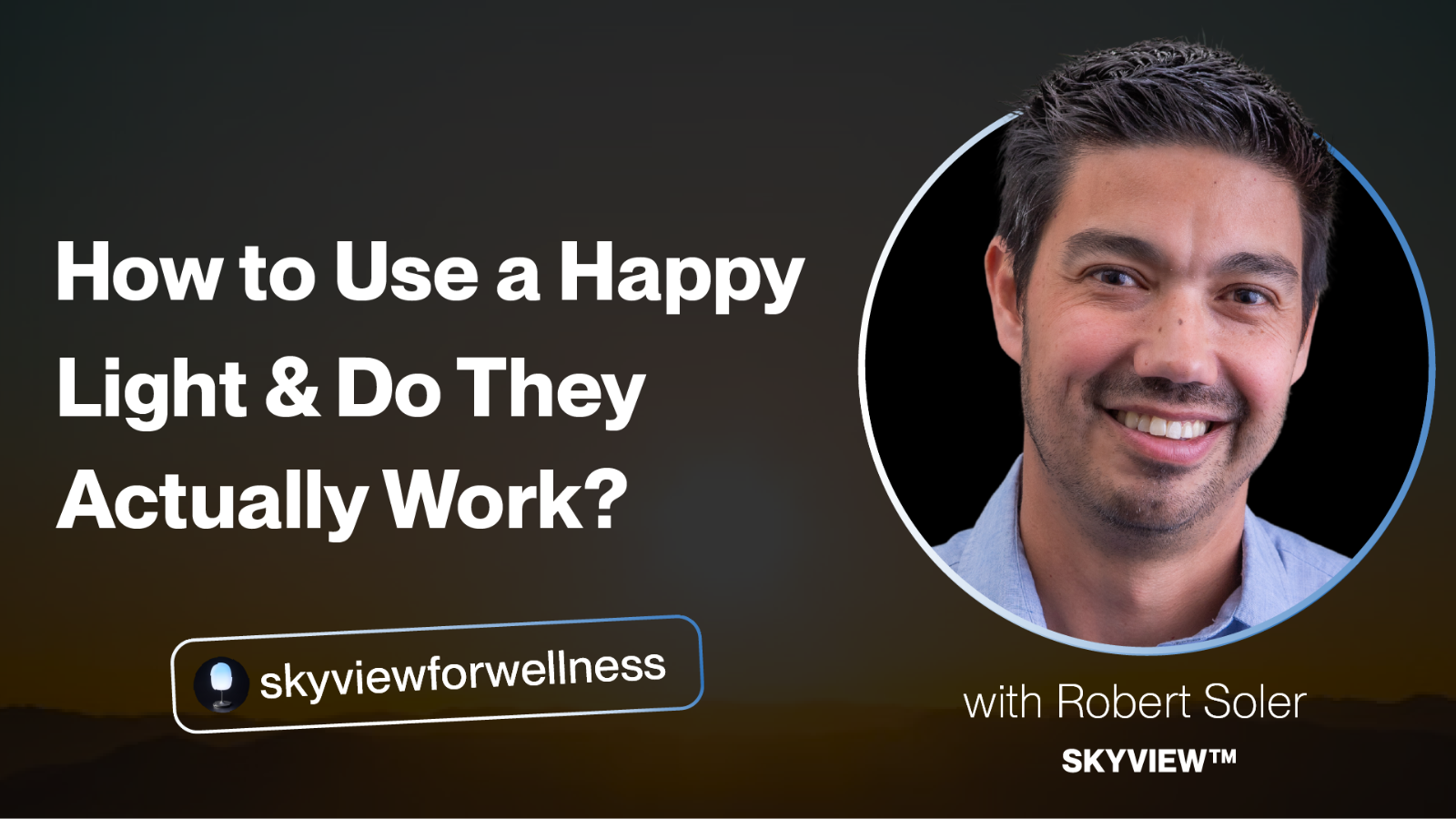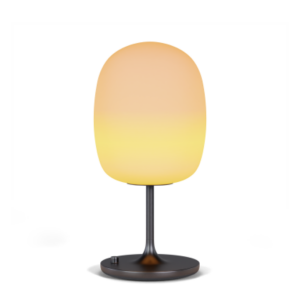As the sun sets earlier and we head into the fall and winter months, many struggle with seasonal changes that can impact mood and energy levels. Also known as Seasonal Affective Disorder, SAD affects people in areas where the winter days are short and there’s not a lot of sunlight during the day. This is where the concept of a “happy light” or SAD lamp comes into play, offering a potential solution to combat these challenges. Even though they’ve gained popularity, we do have to question if they’re really working or are they just a band-aid for more serious health issues?
“The more light you get, the less you’ll feel depressed”





